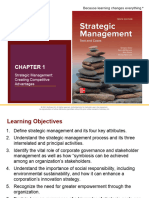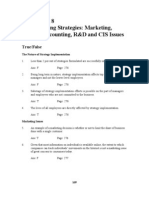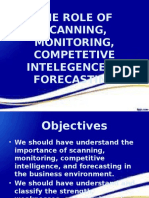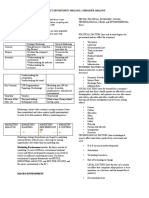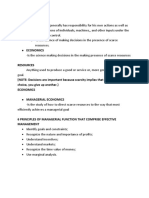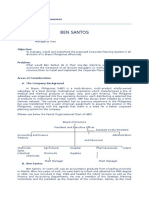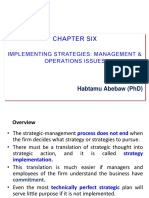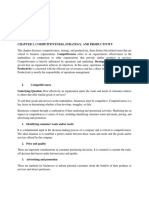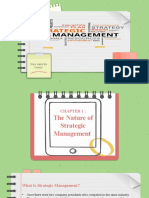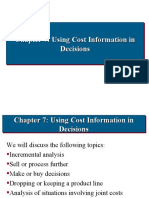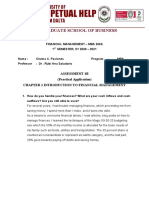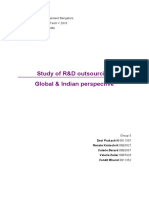0% found this document useful (0 votes)
393 views9 pagesDraft Apple Case Study
This document is a case study submitted by Chema C. Paciones to Dr. Ronaldo A. Poblete analyzing Apple Inc. in 2010. [1] It provides background on Apple's founding, rise to success, and strategic management. [2] It identifies Apple's strengths as innovative products and brand recognition, and weaknesses as high prices and reliance on suppliers. [3] The document considers opportunities like international expansion and threats like competition, and analyzes alternative strategies for Apple such as increasing R&D spending and capitalizing on growth in iPhone, iPad, and iPod.
Uploaded by
Chema PacionesCopyright
© © All Rights Reserved
We take content rights seriously. If you suspect this is your content, claim it here.
Available Formats
Download as DOC, PDF, TXT or read online on Scribd
0% found this document useful (0 votes)
393 views9 pagesDraft Apple Case Study
This document is a case study submitted by Chema C. Paciones to Dr. Ronaldo A. Poblete analyzing Apple Inc. in 2010. [1] It provides background on Apple's founding, rise to success, and strategic management. [2] It identifies Apple's strengths as innovative products and brand recognition, and weaknesses as high prices and reliance on suppliers. [3] The document considers opportunities like international expansion and threats like competition, and analyzes alternative strategies for Apple such as increasing R&D spending and capitalizing on growth in iPhone, iPad, and iPod.
Uploaded by
Chema PacionesCopyright
© © All Rights Reserved
We take content rights seriously. If you suspect this is your content, claim it here.
Available Formats
Download as DOC, PDF, TXT or read online on Scribd
/ 9



